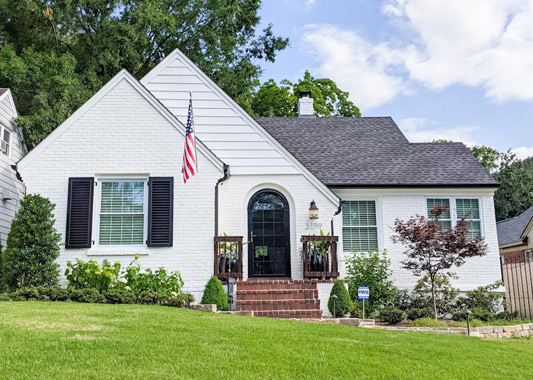Approved as an Eco construction material in Europe with optimum breathability 90% – 95%, prohibits mold forming bacteria, 0% – 1.85% VOC (<30g/lt).
BioCalce Lime Wash Paint can be identified in Roman construction and its use is clearly visible in the Pompeii and Herculean ruins in Southern Italy. This was the only interior/exterior paint available for painted surfaces, other than fresco or marmorino plaster tinted with earth pigments. The use of this material disappeared after the fall of the Roman Empire and did not resurface until the late middle ages when European civilization began to flourish after the Dark Ages. Lime Wash Paint reached its zenith during the Renaissance and continued as the masonry paint of choice until after WWI, then almost disappearing from production by the late 1950s. The rare instances where Lime Wash continued was for Italian State Historical Buildings until the advent of the “Green” movement for biological and ecological building materials that began to appear in Italy in the late 1990s.
Lime products such as Antica Calce (lime wash paint), Marmorino (Italian Marble Plaster), Grassello di Calce (Venetian Plaster), Intonachino Minerale (Lime cement) and any other Italian lime based products are produced from sedimentary rock rich in carbonated lime (CaCO3) and extracted from quarries in the Dolomites. They can also can be produced from marble (henceforth the principal reason marble was extracted from the roman ruins in the Middle Ages). The sedimentary rock is crushed and then placed into ovens that are heated to about 800°C – 1,200°C for 1 to 2 days. In this phase a reaction occurs and liberates andride carbonic, reducing the weight of the stone by a 1/3rd as a result of the loss of carbon and oxygen. This is called Active Lime, and for the final phase of this material to be used in plaster and paint, it must be deposited in pools where water can be added slowly over a 2 year time period, wherein intense heat is generated,, and the Active Lime becomes Inactive Lime (Slaked Lime).



 Photo Credit: Caldwell House, TN
Photo Credit: Caldwell House, TN